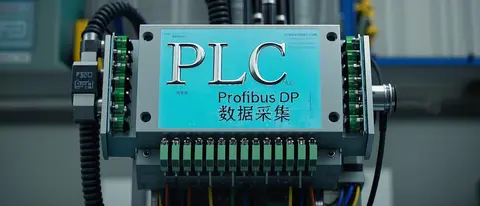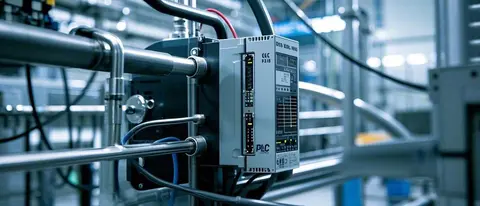
Practical Application of Profibus DP Data Acquisition

You may have heard of Profibus DP (Decentralized Peripherals), a protocol frequently used for data transmission in Siemens PLC projects, especially in industrial automation, where it is widely applied. Today, let’s discuss how to use Profibus DP for data acquisition, allowing it to easily interface with PLCs to transmit real-time data.


Setting Up Hardware Connections



First, we need to clarify how to connect the hardware. You need a Siemens PLC that supports Profibus DP (such as S7-1200 or S7-1500), along with the corresponding Profibus DP communication module. In simple terms, connect these hardware components and ensure they can “communicate” with each other.
In practice, if the connection is unstable, the signal may not function properly. You can check the bus termination resistors to ensure communication stability. This issue is often overlooked by beginners, resulting in devices failing to connect. In such cases, check the cables to ensure the connections are secure.

Configuring the PLC



With the hardware connected, the next step is to configure the PLC. Here, we will use TIA Portal to configure the Profibus DP network, which is not complicated.
- Open TIA Portal, create a new project, and select your PLC model.
- In the device view, find the Profibus DP module and drag it into the PLC configuration.
- Set the communication parameters, such as transmission rate (usually 1.5 Mbps or 12 Mbps).
- Configure the slave devices, ensuring that each device’s address is correct. If there are multiple devices, assign a unique address to each.
These steps are similar to connecting devices to a computer; as long as you follow the procedure, you should not encounter errors. Common issues may include duplicate device addresses, leading to communication failures, or mismatched communication rates, which require rechecking the settings.


Writing the Program



With the hardware configured, the next step is to write the program for data acquisition. Suppose we want to collect temperature data from a sensor.
In TIA Portal, open the “Program Blocks” and create a new data block (DB). Here, we define a DB to store the data received from Profibus DP. You can use the following code to read the data:
// Define Profibus data block
DB_ProfibusData:
Temperature REAL;
// Read data from Profibus module
L DB_ProfibusData.Temperature
This code reads real-time temperature data from the Profibus network and stores it in the “Temperature” variable within the DB_ProfibusData data block. This way, you can easily transmit sensor data to the PLC for processing or display.
Common issues include data reading failures, which may occur if Profibus communication is not properly established. You can check the error messages in the PLC’s diagnostic buffer to see if there are communication interruptions or other hardware faults.

Optimizing Data Acquisition



Regarding data acquisition, there are areas that can be further optimized. For example, you can increase the data acquisition frequency or process the data according to your needs.
- Data Filtering: If the collected data fluctuates significantly, you can implement a filtering algorithm to reduce noise.
- Buffer Mechanism: You can set up a buffer to temporarily store data, preventing data loss during communication interruptions.
- Error Handling: Implement error handling, such as automatic retries on communication failures or sending warning messages to the operator.
Optimizing these steps can enhance the system’s stability and reliability, reducing the likelihood of failures in the field.

Tips



- The Profibus DP communication protocol has a maximum transmission distance limit, generally not exceeding 1000 meters. If the distance is too long, communication may become unstable.
- Ensure that the communication rates of each device match; otherwise, data loss or delays may occur.

Conclusion



Through this project, we learned how to use the Profibus DP protocol for data acquisition, configure hardware, write PLC programs, and optimize data transmission. Remember, encountering problems in practice is not a concern; finding the right direction is key. If you encounter issues in your projects or have questions, feel free to leave a message, and we can discuss them together!